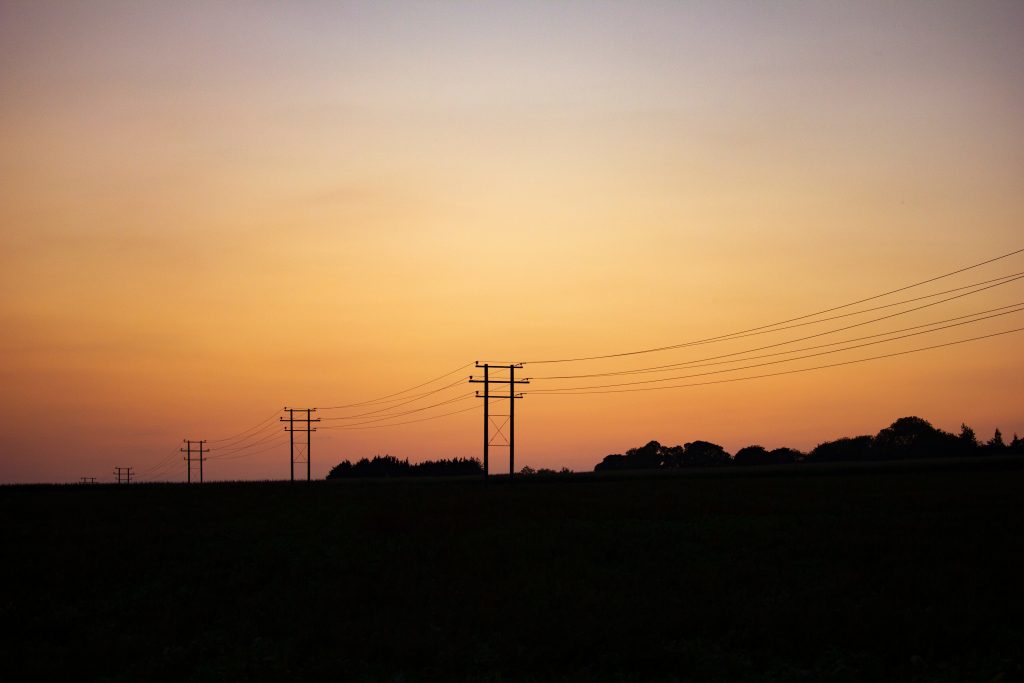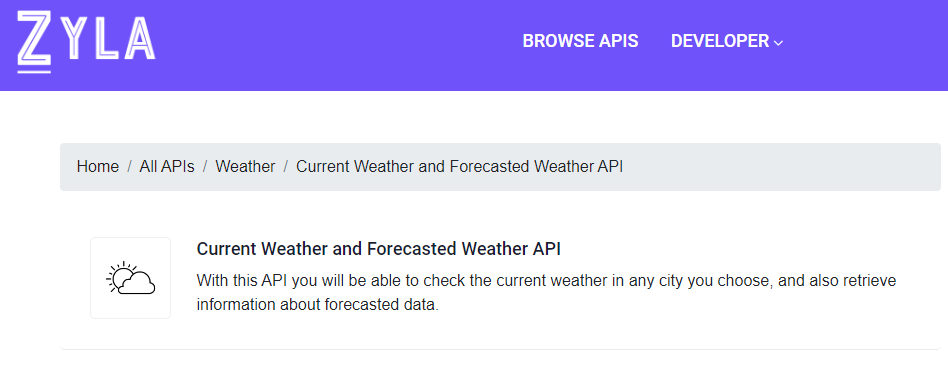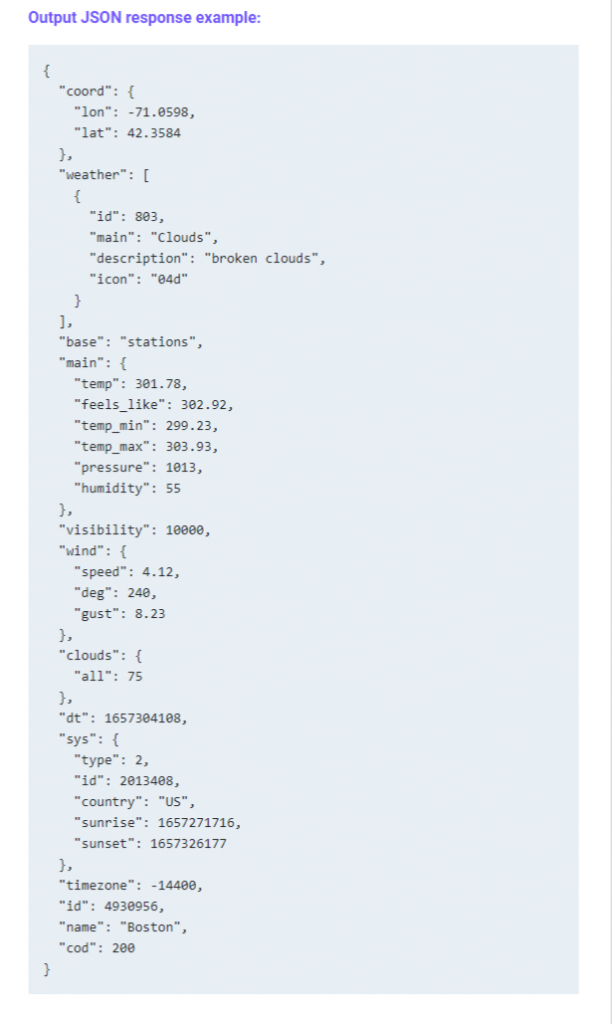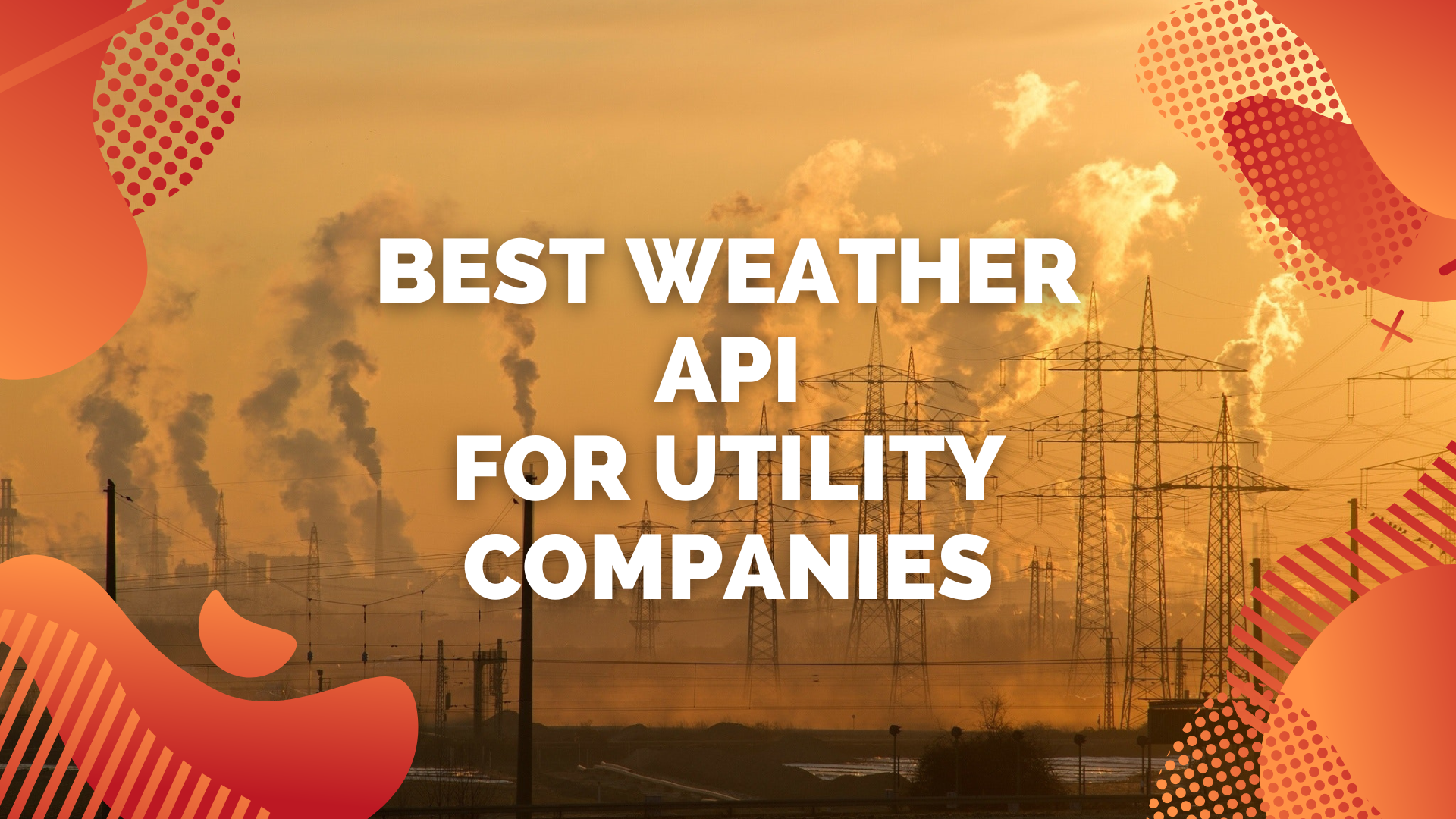Were you tasked with finding The Best Weather Data API For Utility Companies? You have come to the right place! In this post, we’ll explain everything you need to know.
Nowadays, with the increasing onslaught of weather-related natural disasters, and extreme weather events like the Texas Deep Freeze of 2021 or the major European Heat Wave of Summer 2022; utility companies cannot keep relying on just historical weather data. Since this data is no longer that applicable to today’s world, or worse, no weather data at all.
Instead, they should mostly focus on current and forecasted weather conditions to see how advance in real-time, since that’s basically how the Earth is working now. Of course, variability in weather and power supply is a given, but data-driven insights can help make sure reliable power supply is a constant for customers.

Weather Data For Utility Companies
Planning for the Future
It is well known that extremely hot or extremely cold weather results in customers using more energy to cool or heat their homes. But predictions of how much the load will rise frequently depend on past information. Instead, these should also include data that is current as well as data projected for future events. This permits companies to have an idea of what really is to come and plan for risk mitigation strategies.
Understanding and anticipating supply using current and forecast data is just as crucial as understanding demand. Weather conditions are changing drastically and fast lately; even in places where is uncommon to see that kind of thing.
No person would have a imagine that on a random February day, Texas would have its first statewide snowfall in 126 years; which was, of course, followed by a power crisis that left at least 4.5 million Texas residents without electricity during a heavy cold wave. And we can speculate that if the utilities had more prior knowledge of the events, they could have prevented some of the power outages that led to so many people being injured or deceased.
Customer Service
Utilities can start educating customers about easy ways to use less energy given various weather conditions by using accurate weather data. Close the shades on warm days when the air conditioner is running to lessen the amount of heat that enters from the outside. Utility companies might even be able to identify which of their clients would benefit from additional insulation.
Weather data can also assist utilities in handling customer concerns about excessive bills by assisting them in understanding why a bill could have been higher than usual. Perhaps the family hosted a party on a very cold day, with many people inside the house and a door that kept opening and closing, making the heating work harder than usual.
Utility companies have another chance to strengthen their bonds with their clients; and, increase customer engagement thanks to integrated weather data.
So, these are some of the reasons why it is convenient to look for the Best Weather Data API For Utility Companies to integrate into their systems.
Best Weather Data API For Utility Companies: Current Weather And Forecasted Weather API
Current Weather and Forecasted Weather API is your best bet when you’re looking for a well-rounded weather API. This API, of course, exposes factual current real-time weather information; as well as, accurate forecasted weather data.

This API displays an astonishing amount of information including, but not limited to, temperature; visibility; sea levels; humidity; and more. Of course, all of these are available to all of the data endpoints: Current Weather; Forecasted Weather – 5 days; and Forecasted Weather – 16 days.
Also, users can query by zip code; coordinates; and city names. So, you’ll get this data about all the places that your utility company covers. And, because it allows for worldwide queries, your company can be anywhere and still receive service.

Additionally, the Current Weather and Forecasted Weather API has proven itself to be useful for everyone. Considering the following: it has capabilities to translate into more than 15 languages; it allows to choose whether they want to receive the data in HTML, XML, or JSON; and the user can also decide between the imperial or the metric system; along with a lot more.
For information about Weather APIs go to Use This Weather API To Get A Competitive Edge

